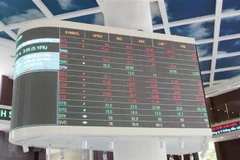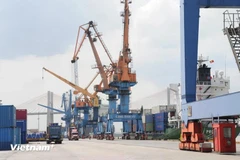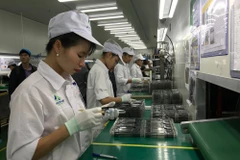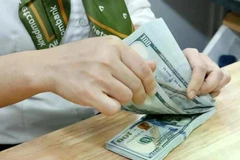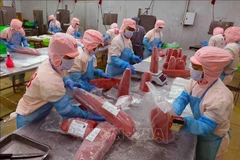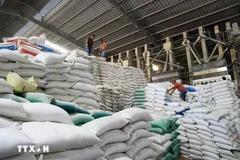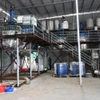Thecountry earns 70 billion USD from exports, up 35.4 percent over the sameperiod last year, while spending 76.9 billion USD on imports, up 27percent.
The deficit is much lower than that of the firsthalf of the year when the rate was equal to 15.7 percent of the totalexport earnings.
Director of the GSO Trade Department LeThi Minh Thuy attributed the positive result to successfulimplementation of Government's policies to restrict the import of luxurygoods and encourage the use of locally made products.
Thuy said the decrease in imports in the first nine months was also dueto a local production slowdown, which reduced the quantity of importmaterials needed for local production.
"Production is often highly dependent on imported materials," she said.
She forecast that imports would increase significantly during theremaining months of the year when local production was expected toimprove.
During the surveyed period, imports of machines,equipment and materials accounted for 91.2 percent of the country'stotal import value.
Imports of rubber and liquefiedpetroleum gas saw the highest growth rate of 66 percent and 62.4 percentover the same period last year, valued at 739 million and 571 millionUSD, respectively.
Imports of chemicals, cloth, andelectrical products, computers and parts also reported high growth ratesof more than 30 percent.
The GSO attributed the high risein exports to global price hikes, which contributed nearly 20 percentto the country's export turnover.
Coffee, pepper, rice and cassava benefited the most from higher export prices.
The GSO said coffee fetched nearly 2.2 billion USD, up 63.9 percent inthe first nine months despite a modest increase of 7 percent in volume.
With a 15 percent rise in terms of volume, pepper also contributed 646million USD to the total export earnings, up 94 percent.
The export value of crude oil increased by 52.3 percent to 5.55 billion USD though its export volume surged only 4 percent.
Among 17 export staples, which earned more than 1 billion USD each inthe first nine months, garments and textiles topped the list with 10.5billion USD, up 31 percent. Footwear and seafood followed with 4.76billion USD and 4.4 billion USD, up 30.8 percent and 26.4 percent. /.

